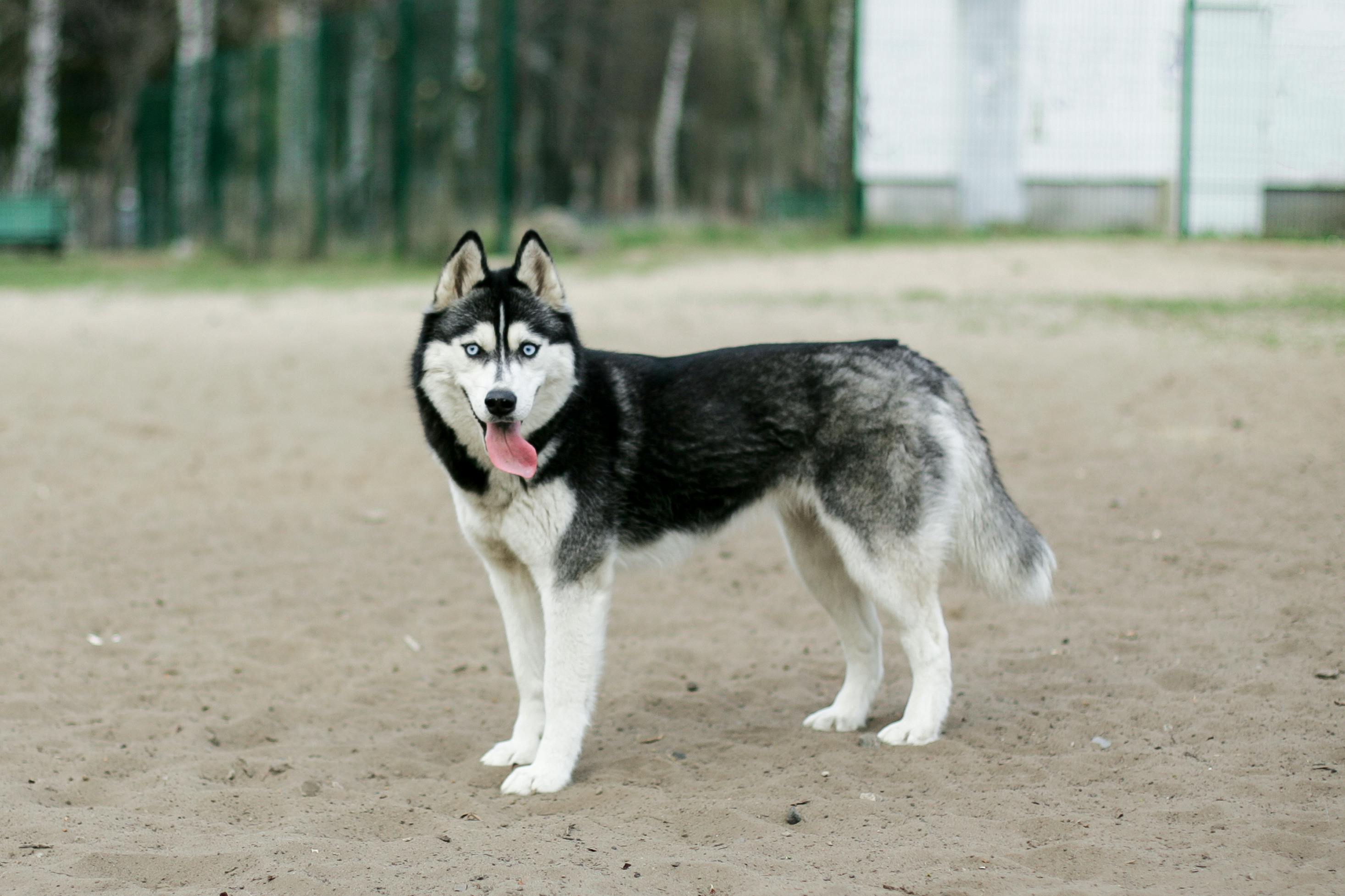Osteoarthritis can be used interchangeably with arthritis and degenerative joint disease. This is characterized when there is a loss of the smooth cartilage that covers and protects the mobile joints that are at the end of the bones. Cartilage has no nerves, so if it touches another bone, you don’t feel pain. Over time, the cartilage wears away and exposes the bone. Since bones have nerves, pain and inflammation occurs when they touch each other. This is a sign that arthritis is present. In this disease, small bony projections called osteophytes can be found. It forms in the bones near the joints. This can increase the pain and get worse as it progresses.
There are many causes of osteoarthritis. One is the result of wear and tear on normal joints. This occurs regardless of the age of the dog. This is known as primary degenerative joint disease. Osteoarthritis can also be the result of another condition that affects the joint called hip or elbow dysplasia. This is also known as secondary degenerative joint disease. You may ask which dogs are prone to this problem. Any dog suffering from congenital joint problems such as dysplasia or luxating patella is prone to osteoarthritis. If the dog also had a joint or knee injury, it is likely that he would develop arthritis.
The symptoms of this disease can vary depending on the joints involved. The age of the dog and the severity of the disease are also considered a factor. Primary symptoms may involve gait disturbance. The dog will tend to put a lot of weight on its unaffected limbs. Because the dog doesn’t use it or tries to put little weight on it, there could be muscle atrophy. An example is when a dog is suffering from hip dysplasia involving the hind limbs. The muscles of the hindlimbs are thin, but those of the chest and shoulders can increase because it is used frequently. The dog may have difficulty lying down or standing up. It may seem stiff. If you notice that your pet has trouble going up and down stairs, it is possible that he has this problem. There are times when the dog does not have a normal appetite or his behavior is wrong. The joints may be swollen and the dog cannot vocalize the pain. The dog may lick or bite the sore area. Some may seek warm, soft places to sleep.
If you think your dog is suffering from Osteoatrosis, take him to the vet. X-rays and laboratory tests may be done to learn more about the affected joints. There is treatment for this problem through medication and even surgical procedures.
